6 Simple Tricks to Make Your Orchids Look Splendid!
Your orchid doesn't bloom properly, and has lost its unique charm? Plants of this type require special treatment. The method should be adjusted to the particular type and species of the plant. Check several simple tips on how to keep the flowers beautiful and healthy. Learn how to take care for orchids so that they are a unique decoration for long years. Discover what might harm those plants and how to revive an orchid so that it blooms again. We have all the knowledge you need!
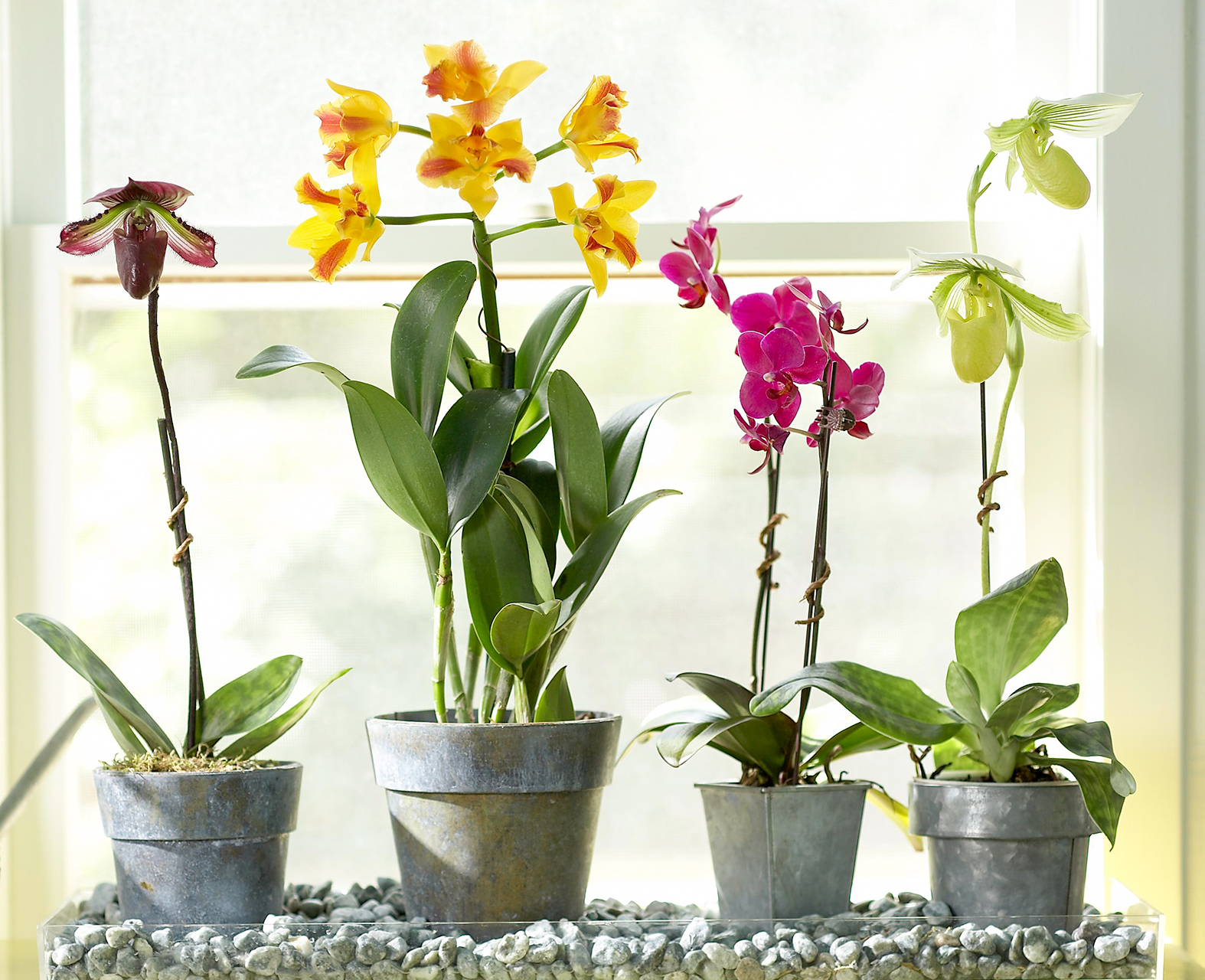
Are there any easy-to-grow types of orchids?
Orchids may seem like demanding plants but in fact, if you choose the right species, it is quite easy to grow. Therefore, one cannot speak of particularly difficult or easy species, although it is true – some of them require more effort to take care of.
What is the best orchid for a beginner?
If you want to start your adventure with orchids, pick one of the most popular basic species such as Phalaenopsis or Dendrobium. Each of them requires individual treatment, fit for their particular needs.
If you decide between orchid species, you can pick either ones developing singular flowers or ones growing in large bunches. An orchid type called Bletilla striata is a good example of the latter.
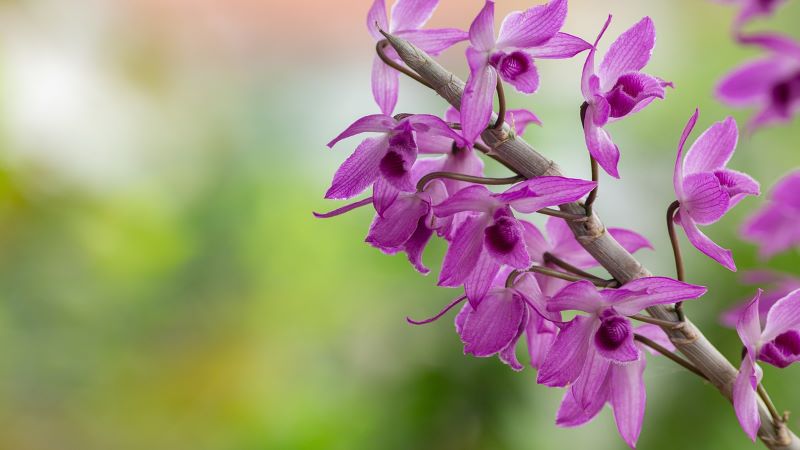
Another, quite interesting orchid is called lady’s slipper. It’s one of the most popular species, as it’s easy to care and it looks unusual. If you want to make this species a unique decoration in your garden, plant it in shade, most preferably among ferns and perennials.

Lady’s slippers can grow in sunlight as well, but they need the right type of soil. It should be rich in humus, so that it remains humid in summer but doesn’t accumulate water in winter.
How to care for orchids at home?
Orchid care at home might be a real challenge for the owner. If you want to achieve a properly blooming and well-growing plant, pay attention to several crucial elements. What are the most important issues in this case?
- The right type of soil – potted orchid flowers require a special type of soil. It should be highly absorbent as well as provide enough air for the roots. The best option, in this case, is purchasing a special orchid potting mix. You can also prepare your own mixture.
To make your own orchid potting mix, combine composted pine bark, moss, peat and some mulch. Your flowers will grow really well in such a mixture.
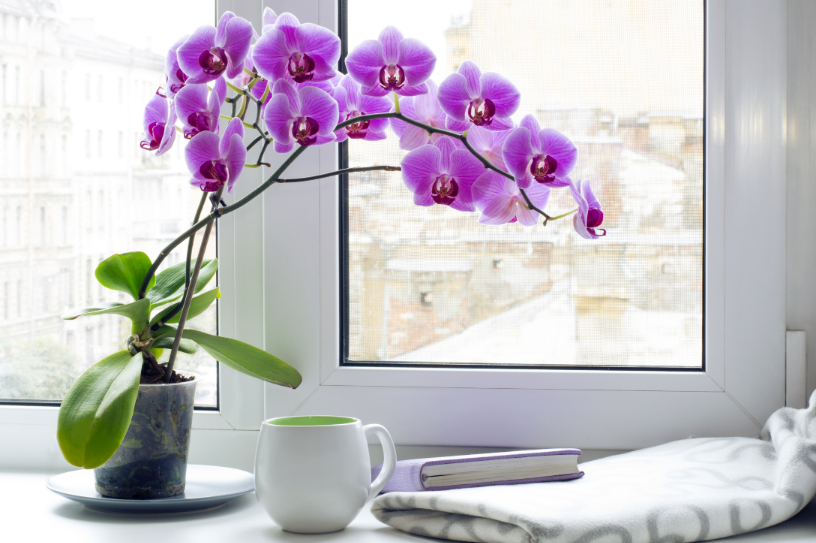
- Regular watering – watering of orchids is an unusual process. This type of ornamental plant is prone to root decay. So, how to water orchids properly? You can place a container with water behind the pot – the plant will absorb the water from air as needed. If you want to water an orchid flower directly, make sure to avoid submerging the roots.
- The pot placement – the spot where you place your orchid flower is crucial for its blooming and growth. Orchids are very delicate and they don’t like draughts. For this reason, put them someplace with no wind. Additionally, orchid flowers should be placed in a slightly shaded spot, as too much sun might hinder their growth.
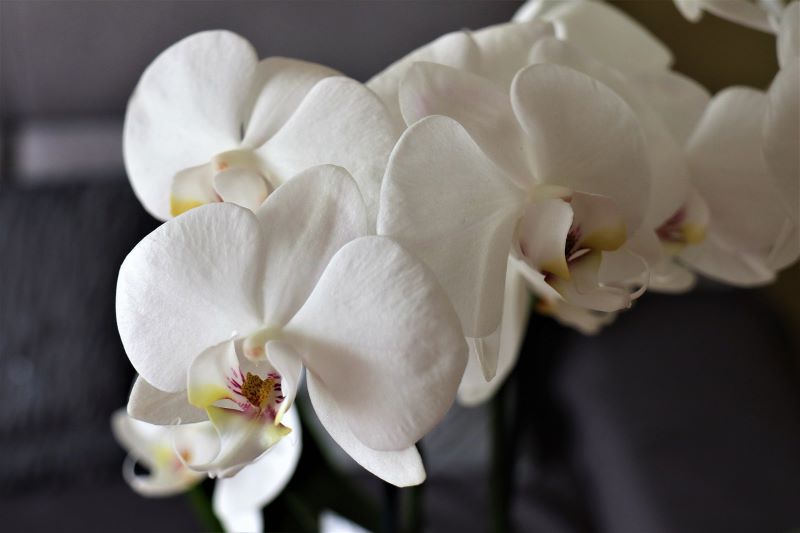
- Correct repotting – every potted plant requires repotting from time to time. When and how to repot an orchid? Change your orchid’s container when it grows too large or when the soil becomes too soft. Usually, this type of plant requires it every 2 or 3 years. When repotting, pay attention to the size of the container to prevent roots rotting.
Garden orchids – when and how to transplant them?
Orchid flowers growing in your garden can be transplanted only in the early spring. It’s very important, as the plant develops new shoots during the season. When it happens, your orchid flowers can be divided. To do this, separate the plant to get at least one bud and a healthy root per one new plant. Otherwise, the orchid flower will not bloom. What’s more, you can add some soil from the previous place onto the new spot. This way, the orchids will surely bloom with beautiful flowers in your garden.
Some orchid owners decide to propagate them by planting the small seeds near the parental plants. It is, however, not a very good method – in most cases, not effective at all.
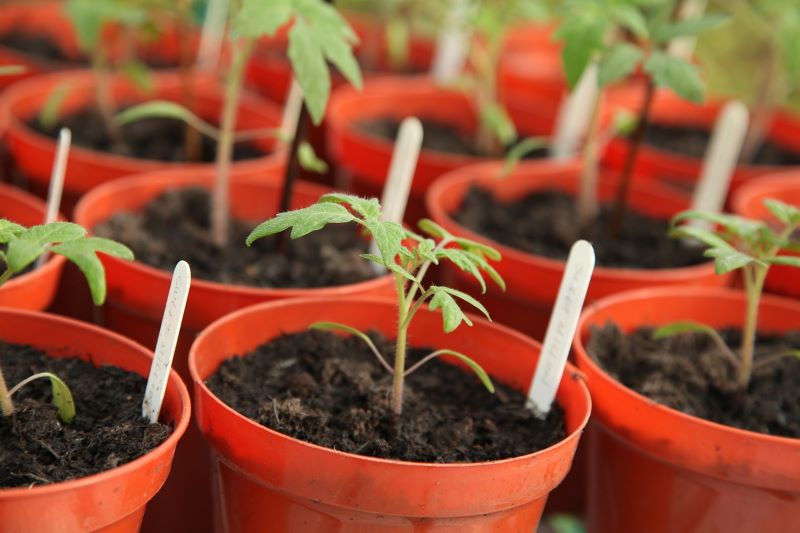
Why does my orchid not bloom? Learn 3 most common reasons
Orchids are demanding plants, therefore they won’t bloom properly if not taken care of. Your orchid doesn’t bloom? Use the tricks listed below and learn how to revive an orchid.
Improperly pruned orchids
One of the reasons why an orchid doesn’t bloom is the wrong way of trimming the plant or not doing it at all. Flowers that finished blossoming should be cut off by snipping them above the third bud. It should result in rich blossom. Some species, however, do not like trimming, which might hinder the blooming process.
Phalaneopsis, also known as moth orchid, shouldn’t be trimmed at all. In this case, just wait for the flowers to wilt and then safely remove them.
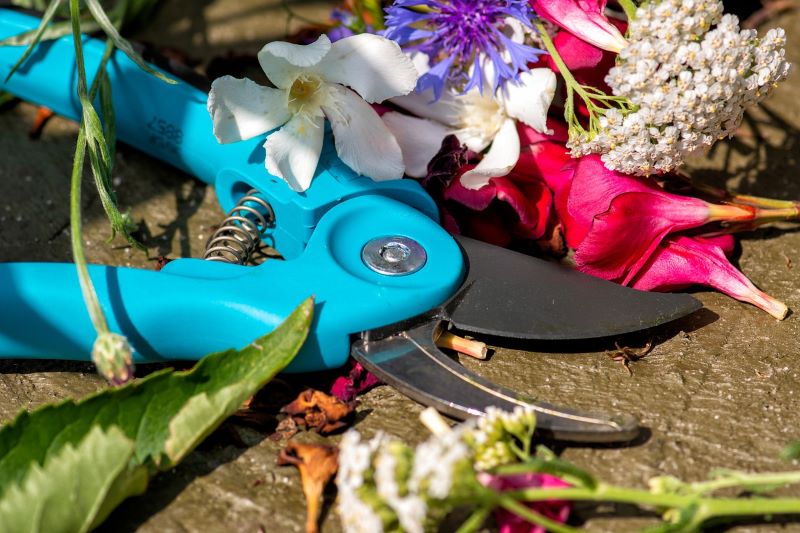
Too low temperature
Temperature and lighting are important factors that affect the plants’ blooming. Orchids grow best in warm temperatures – for this reason, they should grow in temperature no lower that 22°C (71 F). Improper temperature not only hinders blooming but also may slow down the growth and cause the leaves to be smaller.
Some species are well adapted to extremely low temperatures in winter. For instance, Dendrobium Mobile blooms in temperatures between 5 and 10 Celsius degrees (41 and 50 F). Its growth might slow down if placed in a too warm room.
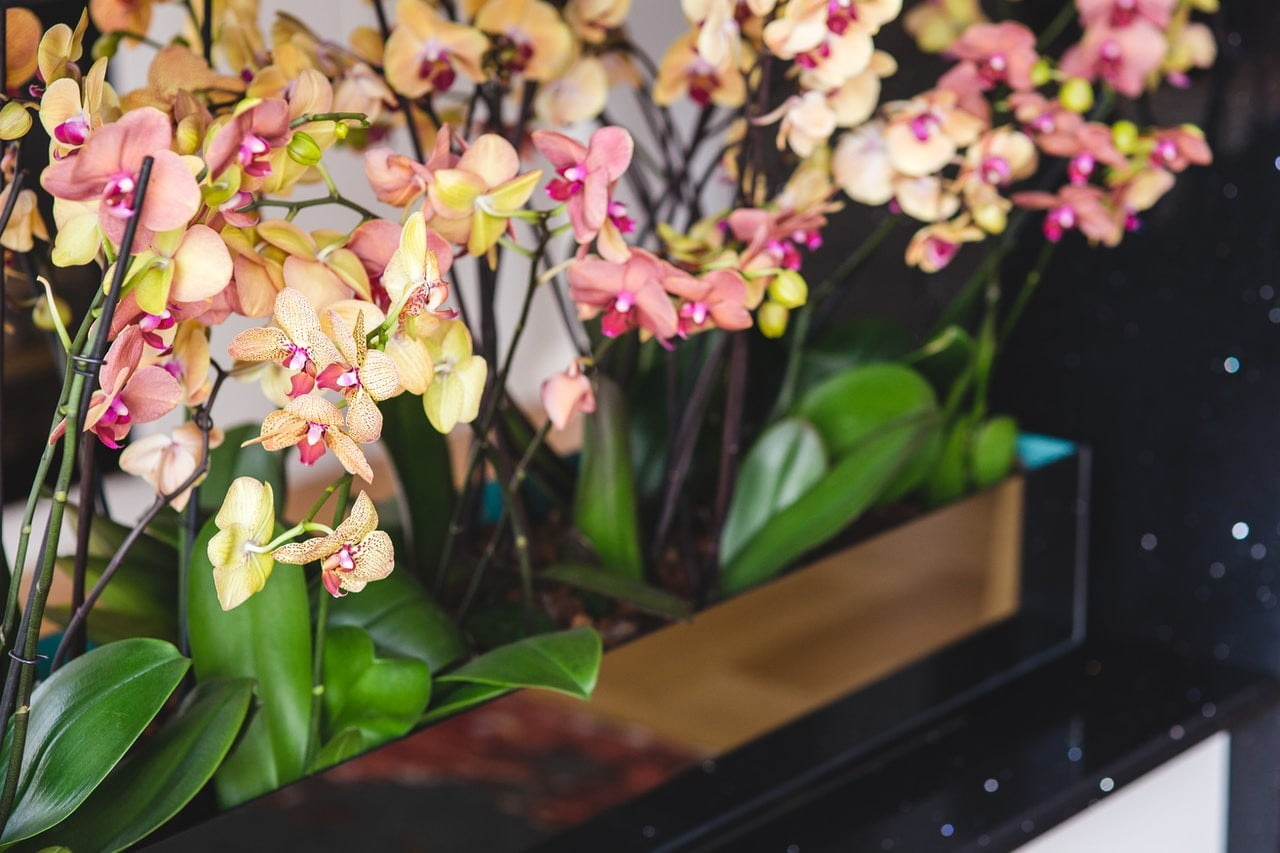
Wrong orchid fertilizer
Another reason for poor blooming of your orchids is wrong plant food. Orchids should be fed with special mixes. Ornamental plants need any fertilizer to be diluted with water. The quantity of the substance is also very important. To little might lead to important nutrients deficit, while too much can cause roots overgrowth. Fertilize your orchids with a small dose of the substance, 2-3 times per week.
If the plant is hibernating, do not use fertilizer at all. But use it frequently when the orchid is blooming.
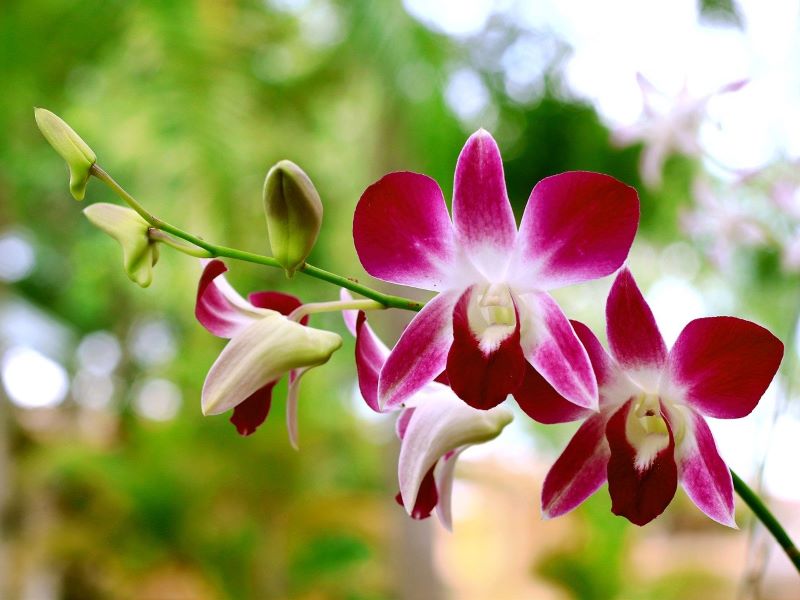
How much does an orchid cost?
The price of an orchid depends mostly on its type. The main difference is between potted orchids and garden orchids planted in soil.
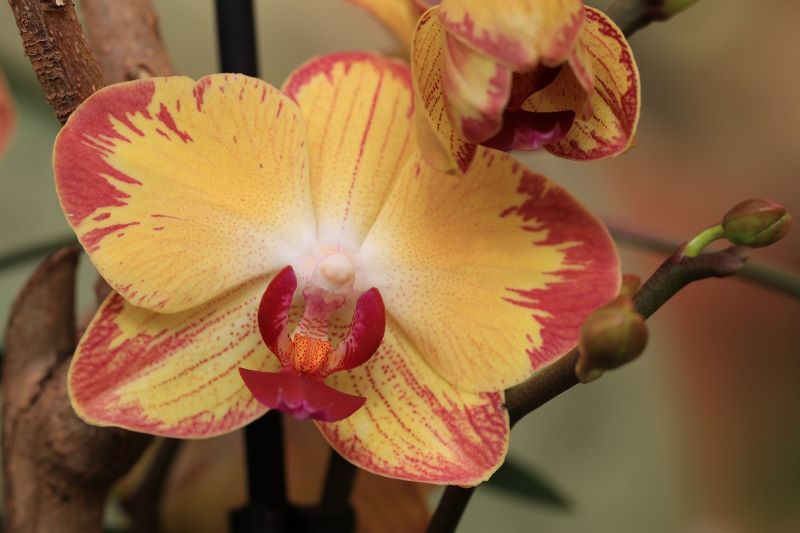
The differences in price also depend on the type of the plant. The rarer and more demanding an orchid is, the more expensive it gets. The price is also affected by the place you buy the plant at. Plants sold in flower shops and specialist florist stores are typically more expensive than the ones you can find in supermarkets.
Do you like a variety of flowers and plants, and wonder which ones are the best for your home? Check the most popular potted plants - you can choose, for instance, anthurium, which is unusual. If you want a natural air purifier, consider buying a peace lily.
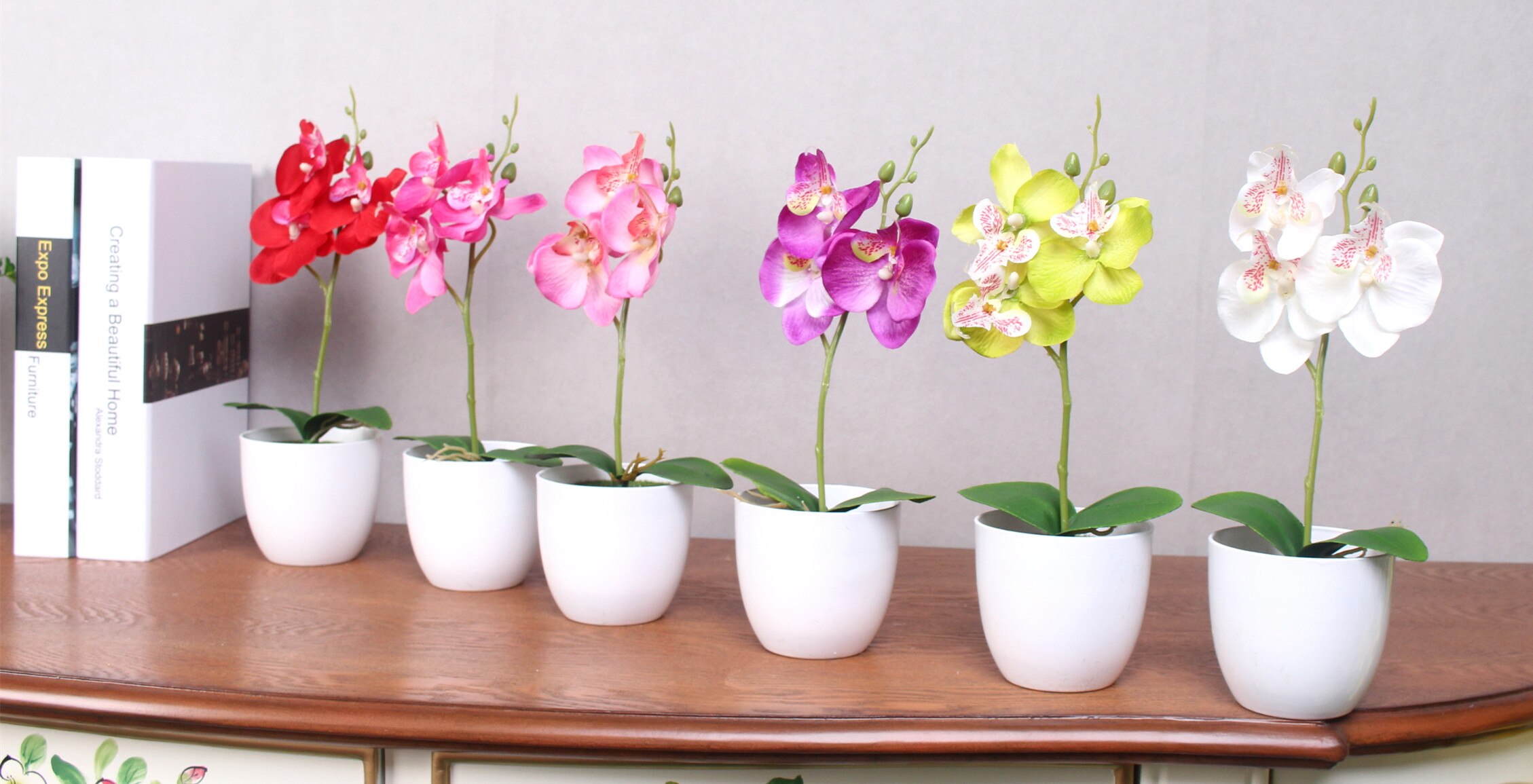
📍 How long do orchid blooms last?
The period of blooming depends mostly on species. There are types that bloom all year long, while the others bloom periodically. To make your plant bloom longer, make sure to take a proper care of it.
📍 How do you keep an orchid alive?
Make sure that your orchid grows in the right type of soil and that you water it regularly. Orchids also like high humidity. If you provide your orchid all it needs, it will look beautiful for a long time.
📍 Why are my orchid leaves turning yellow?
Yellow leaves of an orchid might be caused by various factors, for instance too much light. If the leaves of your orchid are turning yellow, inspect the plant closely. Make sure that there are no pests and that the roots are not standing in water.
📍 How often to water an orchid?
Typically, you should water your orchid once a week. Remember not to leave the roots in water, as they might rot. Orchids take water from air, so you might also place a container with water near the pot.
📍 How to prune orchid?
Prune the orchid right above the third bud. Most species require trimming the flowers when they finish blooming. Pay attention to the type of the orchid you own, as some types do not like pruning at all.
Featured articles




